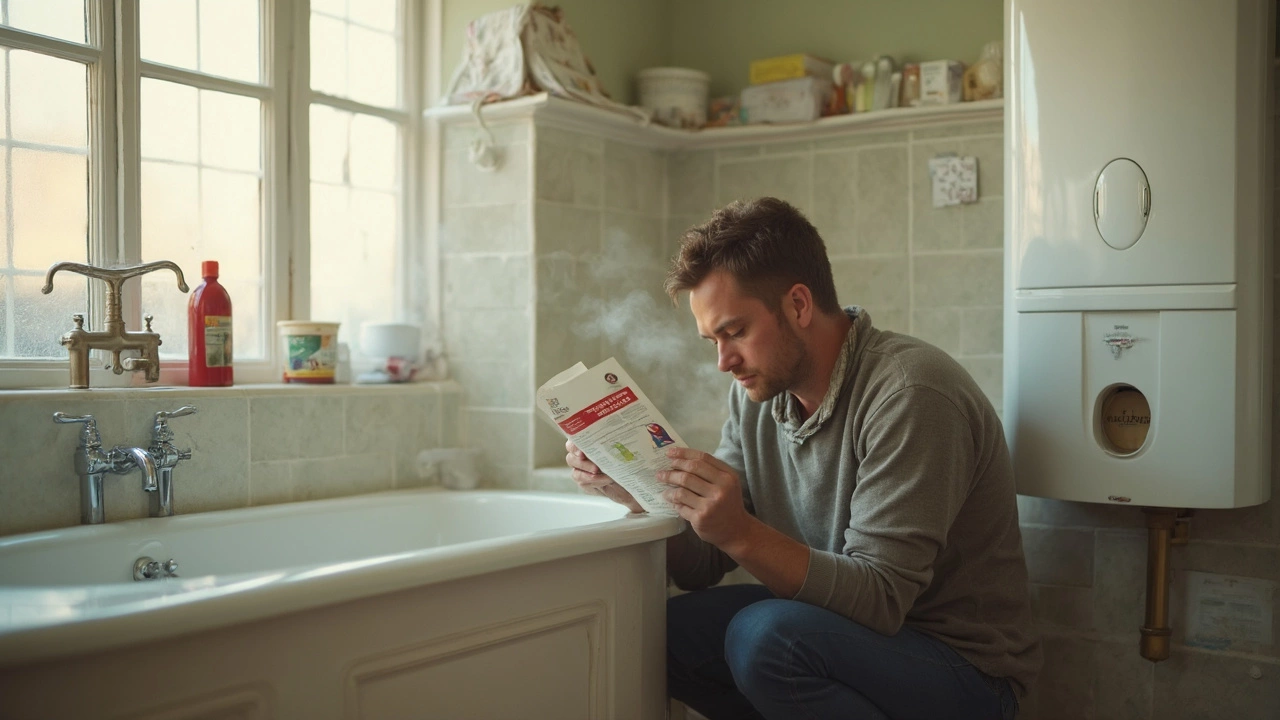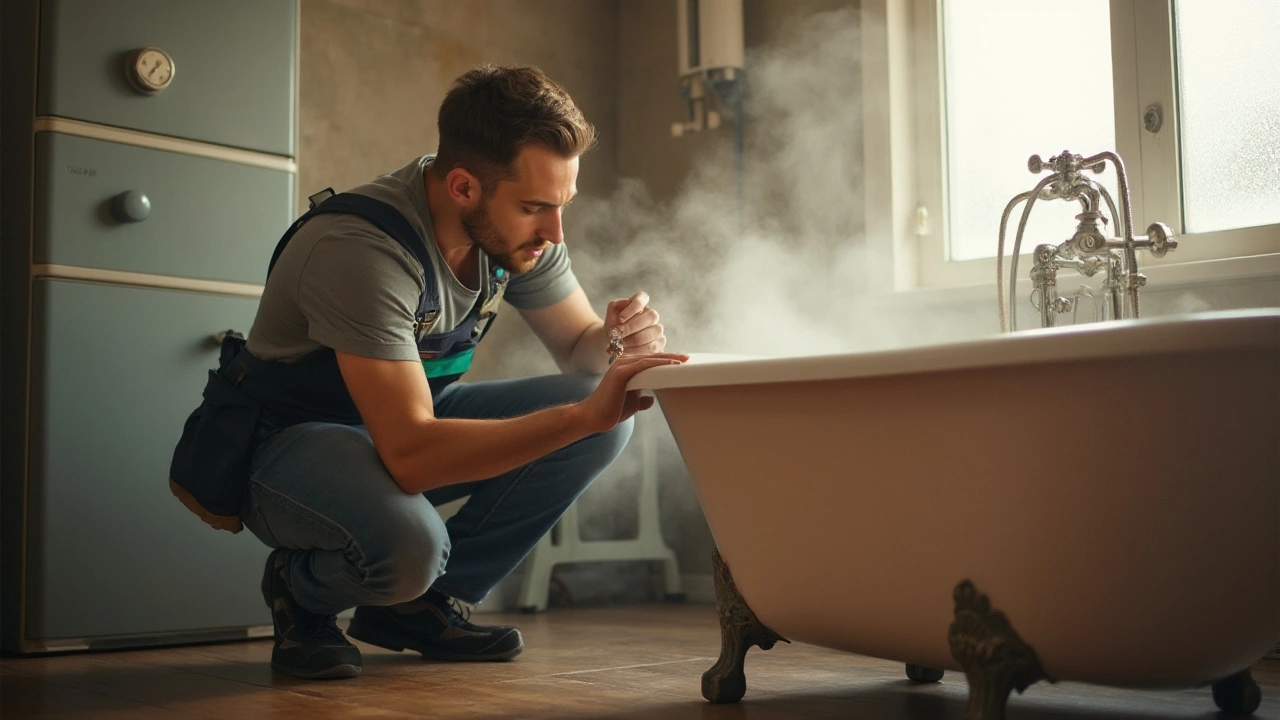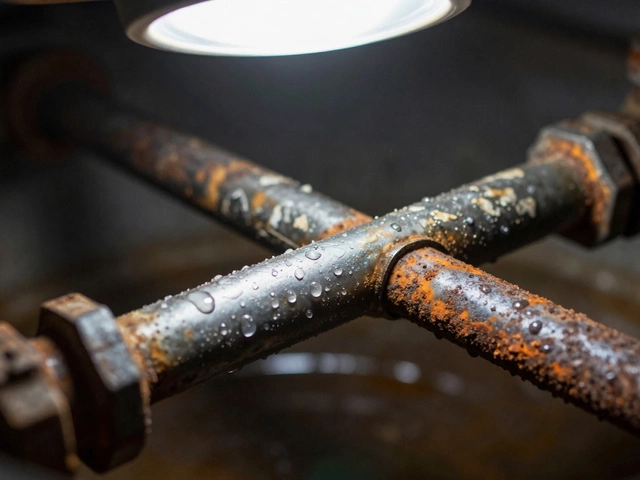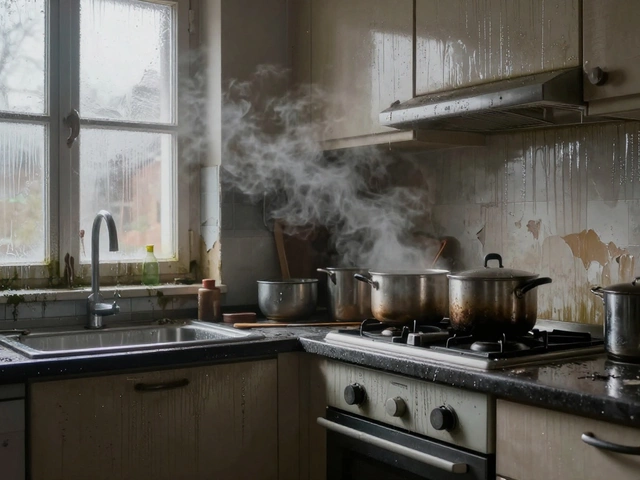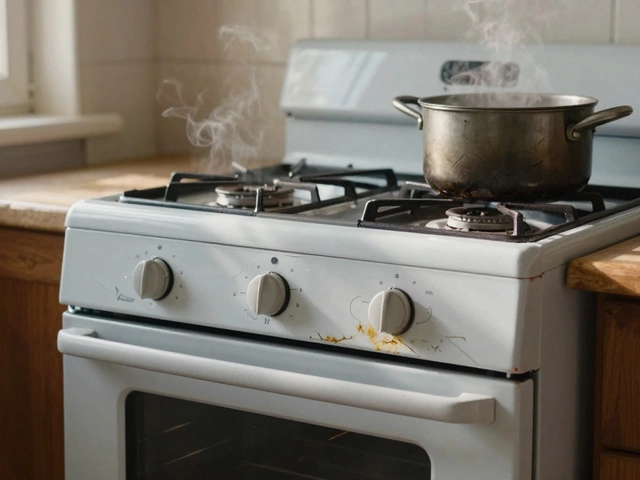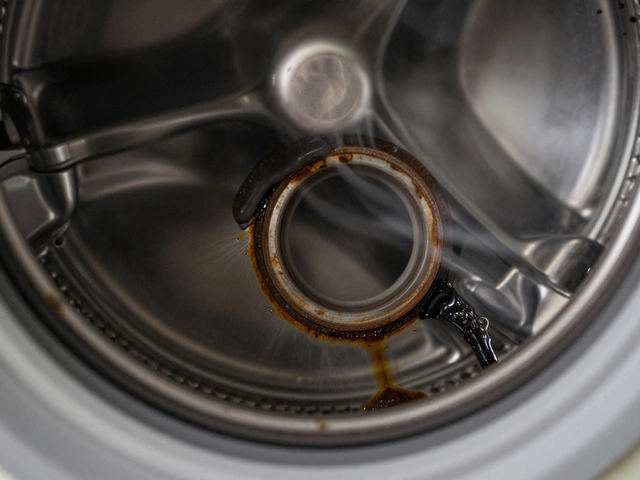Hot Water Problems: Fast Fixes & Pro Help
Nothing kills a morning like stepping into a cold shower. If you’ve lost hot water at home, you’re probably wondering what went wrong and how to fix it before the day drags on. The good news is many water‑heater hiccups are simple enough to tackle yourself, and the bad ones are easy to spot so you can call a professional without guessing.
Common Reasons Hot Water Stops
First, let’s look at the usual suspects. A tripped breaker or blown fuse is the quickest culprit – it’s cheap, easy to check, and often the reason a newer electric heater quits. If the power looks fine, the thermostat might be stuck or set too low. Older thermostats can lose accuracy, causing lukewarm or no heat at all. For gas‑powered units, a pilot light that won’t stay lit or a dirty burner can shut off the heat. Sediment build‑up at the bottom of the tank is another silent killer; over time, it insulates the heating element and makes the water stay cold.
Don’t forget the simple things: a cracked pipe, a leaking pressure‑relief valve, or a malfunctioning dip tube can all reduce hot water flow. When you see rust or water around the heater, it’s a sign something inside is corroded and may need replacement.
DIY Steps to Get Hot Water Back
Start with the power source. Flip the breaker back on or replace a blown fuse. If you have an electric heater, press the reset button – it’s usually a red button on the side of the unit. For gas heaters, check the pilot light; if it’s out, follow the manufacturer’s instructions to relight it, or give it a quick gas‑valve check.
Next, look at the thermostat. Turn it up a few degrees and wait 15‑20 minutes. If the water stays cold, the thermostat may need replacement – a small part you can order online. While you’re at it, drain a few gallons from the tank to clear any sediment. Turn off the power or gas, attach a hose to the drain valve, and let the water flow out until it runs clear. Close the valve, refill, and turn the power back on.
If you’ve tried these steps and still have no hot water, it’s time to call in a pro. A licensed technician can test the heating element, pressure‑switch, and internal seals that you can’t safely access yourself. At Hinckley Home Appliance Repair Services, we specialize in quick diagnostics and reliable fixes, so you won’t stay cold for long.
Remember, regular maintenance can stop most hot‑water disasters before they start. Schedule a yearly flush, keep the area around the heater clear, and watch the thermostat setting. A little upkeep now saves a lot of hassle later.
Bottom line: check the power, reset the unit, inspect the thermostat, and drain sediment. If those don’t work, reach out to a trusted local repair service. Hot water is a basic comfort – don’t settle for a cold shower when a simple fix or a quick call can bring the heat back.
8 May 2025
·
0 Comments
Ever wondered why your hot water heater suddenly stops working and that little red reset button pops out? This article uncovers what actually trips your heater’s safety switch and explains how to spot the real problems before they turn into bigger headaches. From faulty thermostats to power surges, you'll get straight answers and tips. No techy jargon, just real-world advice anyone can follow. Get back to hot showers fast and safely.
Read more
31 October 2024
·
0 Comments
Identifying and fixing issues with water heaters can save you from cold showers and costly repairs. Common issues include malfunctioning thermostats, heating elements, and sediment build-up. Understanding these problems and knowing how to address them can extend the life of your water heater and maintain its efficiency. This article delves into typical water heater issues, their causes, and possible solutions.
Read more

